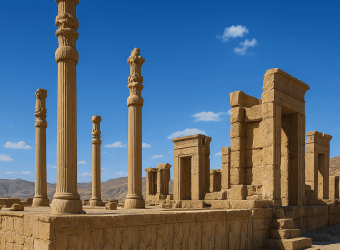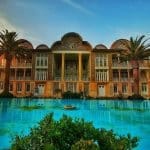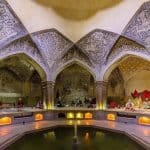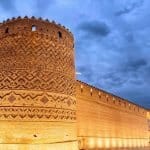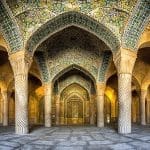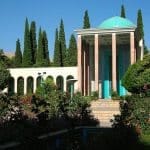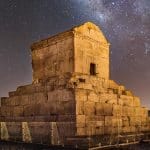Persepolis, the grandest monument of Iran’s Fars Province, stands as a symbol of the honor and might of the Achaemenid Empire. Located 70 km northeast of Shiraz, at the foot of Kuh-i-Rahmat (Mountain of Mercy) in the Marv Dasht plain, Persepolis was the capital of this ancient empire.
Construction of Persepolis began under Darius I the Great between 518 and 516 BC, inspired by Mesopotamian architectural models. His successor, King Xerxes the Great, continued the expansion. The northern part of the terrace includes key structures such as the Apadana (Audience Hall), the Throne Hall, and the Gate of Xerxes, which served as the complex’s official sector. On the other side, Darius and Xerxes’ palaces, the Harem, and the Council Hall were located.
Persepolis met its end in 330 BC when it was destroyed by Alexander the Great’s forces during his conquest of Persia.
By Air
Fly into Shiraz International Airport (SYZ), which serves both domestic and limited international routes. From the airport, Persepolis is about 60 km away, roughly a 1-hour drive.
By Road & Other Transport
From Shiraz, take the Shiraz–Marvdasht Highway (Route 65). Shared taxis and buses go as far as Marvdasht; from there, taxis connect to the ruins. Most visitors choose guided tours from Shiraz
The best time to visit Persepolis, one of Iran’s most remarkable UNESCO World Heritage Sites, is during spring (March to May) and autumn (September to November). In these seasons, the weather in Shiraz—the nearest major city—is pleasantly mild, making it ideal for exploring the vast archaeological complex and its breathtaking reliefs without the discomfort of intense heat.
Spring offers blooming landscapes and clear skies that beautifully complement the ancient stonework of Persepolis, while autumn provides soft sunlight and fewer crowds, perfect for photography and relaxed sightseeing.
During summer (June to August), daytime temperatures in southern Iran can exceed 38°C (100°F), making mid-day visits challenging. If you travel in summer, plan to arrive early in the morning or just before sunset when the heat eases. Winter (December to February) brings cooler weather and occasional rain, but it’s still a good time for those who prefer a quiet, uncrowded experience.
Travel tip: The Nowruz holidays (around March 21) draw large numbers of local visitors celebrating the Persian New Year. Visiting just before or after Nowruz ensures pleasant weather and a more peaceful atmosphere.
